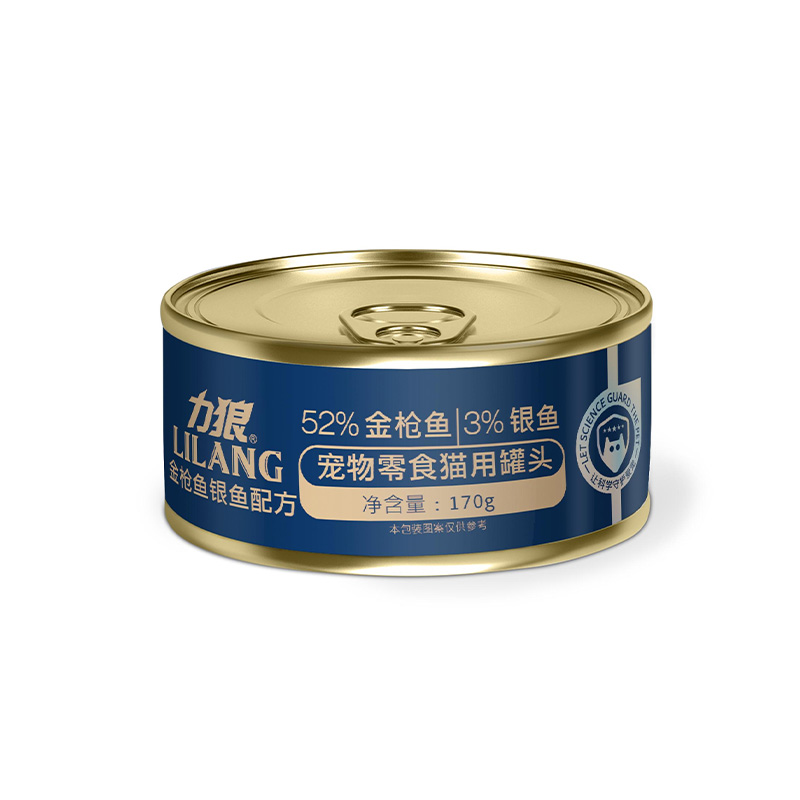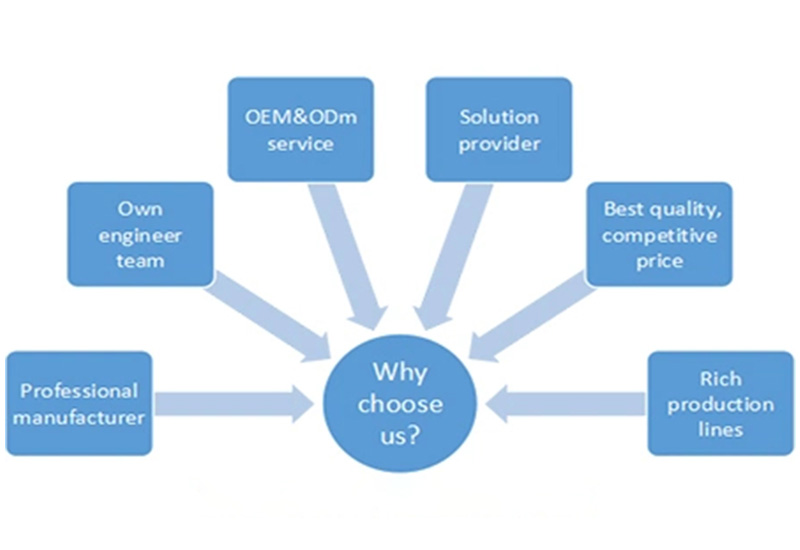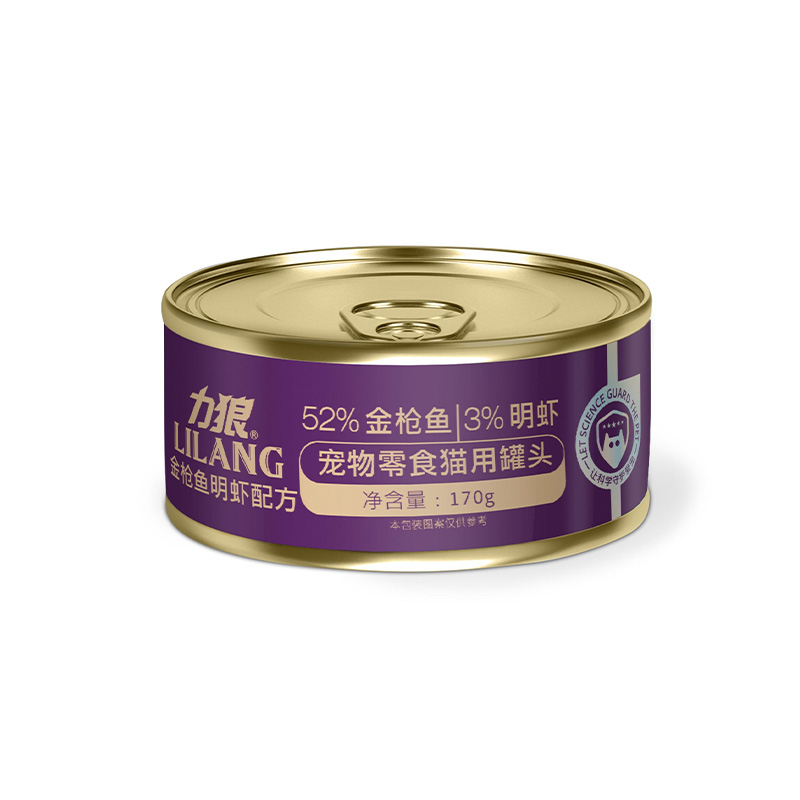Kitten Wet Food Bulk: 24 Tins, Gravy-Rich, Save More?
Bulk Buying Guide for Canned Cat Snacks: what matters for kittens
If you’re hunting for kitten wet food bulk, you’re likely juggling nutrition, safety, and plain-old logistics. I’ve toured a few plants over the years and, to be honest, the gap between a good can and a great can is in the process control—more than in the label copy.

Product snapshot: Canned Cat Snacks (for kittens and weaning)
Origin: Room 1410, No. 119 Zhongxing East Street, Xiangdu District, Xingtai City, Hebei Province, China. The brand positions this as a meat-forward supplement; first feeding should be step-by-step to avoid GI upsets—especially in tiny tummies. Many customers say the texture is gentle and the smell (surprisingly) mild.
| Parameter | Spec (≈ real-world) |
|---|---|
| Moisture | ≈78% |
| Crude Protein (as-fed) | ≈12% |
| Crude Fat | ≈5% |
| Ash / Fiber | ≈2% / ≈1% |
| Taurine | ≈1,800 mg/kg |
| Energy | ≈1,100 kcal/kg (≈93 kcal/85 g can) |
| Texture / Can sizes | Mousse or pâté; 70 g / 85 g / 170 g |
| Sterilization | Retort at 121°C, F0 ≥ 6 (typ.) |
| Shelf life | 24–36 months sealed; 48–72 h refrigerated after opening |
| Compliance targets | AAFCO/FEDIAF growth profiles; ISO 22000/HACCP |
Industry trend check: retailers and rescues are moving toward kitten wet food bulk to avoid supply shocks and shave freight. Also, more emphasis on taurine and DHA for growth, and label transparency (batch COAs, not just marketing blurbs).

How it’s made (short version)
- Materials: deboned meats, organ meats for taurine, oils, vitamin-mineral premix tweaked for kitten growth.
- Methods: grind → emulsify → fill → double-seam cans → retort at 121°C (LACF) → cooling → inline X-ray/seam checks.
- Testing: moisture/protein by AOAC; taurine by HPLC; commercial sterility per LACF; heavy metals/micro by third-party when required.
- Standards: AAFCO or FEDIAF nutrient targets; HACCP and ISO 22000 for food safety; FDA LACF principles for retort validation.
Real-life performance: shelters report solid stool scores and steady weight gain when transitioning gradually—start 25% new for 2–3 days. The brand itself warns against overfeeding at first (wise advice).

Vendors at a glance
| Vendor | MOQ | Protein (as-fed) | Taurine | Certs | Lead Time | Customization |
|---|---|---|---|---|---|---|
| Shuoding (Canned Cat Snacks) | ≈10,000 cans | ≈12% | ≈1,800 mg/kg | ISO 22000, HACCP | 25–35 days | Label, flavor, texture, can size |
| OEM B (SEA) | ≈1 pallet | 10–11% | ≥1,500 mg/kg | GMP, BRC | 30–45 days | Private label, recipe tweaks |
| Co‑packer C (EU) | By program | 11–13% | Spec-driven | IFS, FSSC 22000 | 6–10 weeks | Premium novel proteins |
Use cases, customization, and feedback
Who buys kitten wet food bulk? Shelters, foster networks, vet clinics (post-op feeding), online retailers, and subscription boxes. Custom options usually include flavor (chicken, tuna, turkey), textures (mousse/pâté/stew), can formats, and compliance labeling for US/EU markets. One shelter buyer told me, “weight gain stabilized at week two; stools looked better than with our prior brand.” That mirrors what I’ve seen.

Case study (condensed)
Regional rescue group, 10,000 cans/month over 6 months. Transitioned over 4 days. Result: 22% cost reduction on landed price; average daily gain for kittens moved from 11 g/day to 15 g/day (n=46, internal records). No product holds; two lots spot-checked by third-party lab for taurine and microbiology—both passed.
Testing and standards you should ask for
- COA per lot: moisture/protein/fat/ash/fiber, taurine (HPLC), and calorie estimate.
- Commercial sterility and retort logs (LACF principles).
- Nutrient profile mapping to AAFCO Growth or FEDIAF Kitten standards.
- Facility certifications: ISO 22000 or equivalent; documented HACCP plan.
Note: follow gradual feeding; overfeeding at first can cause gastrointestinal discomfort—especially in weaning kittens.
References
Share
-
Lithium Battery Welding Machine | High-Precision, Fast, SafeNewsNov.17,2025
-
Aluminium Guide Roller | Anodized, Lightweight, Low-NoiseNewsNov.17,2025
-
Tofu Cat Litter Bulk – Eco, Low-Dust, Fast Clumping SupplyNewsNov.17,2025
-
Equipment for Lithium Cell Assembly | Automated & PreciseNewsNov.10,2025
-
Square File Tool – Precision Cut, Hardened Steel, VersatileNewsNov.10,2025
-
Lithium Ion Battery Assembly Machine | Automated, High-SpeedNewsNov.10,2025







